You must be logged in to rate content!
4 minute(s) of a 82 minute read
11-4-2013
Hi Pat
Tony at Classic & Sports Auto Interiors at Eltham has done quite a few cars for me over the years. I have yet to find a reason to complain. You may find another old friend on his web site. www.classicandsports.com.au Click on Vintage Cars
Bj.
11-6-2013
With our next European Holiday looming large on the horizon there are a multitude of little jobs to be done on the Lagonda. This one has been hiding in the background ever since I first restored the car in 1978. That is right it is something that I have been putting off for the last 35 years. Obviously nothing critical but one of those things that I have been gunnerdo.
To start this story from the beginning is going to take some time so make yourself comfortable.
Our Lagonda Rapier has had a very chequered life. It started out in 1934 as a fixed head (hardtop) coupe. Then in the late 1940s/early 50s it was rebuilt as a sports/racing car. I bought it in 1978 or there-abouts and set about a major ground up restoration which included fitting a new (replica) sports (Eagle) two-seater body imported from England. Since then the car has been variously used in Club level competition and touring. Over its life the engine too has gone through some serious development. Higher compression, at one time as high as 14 to 1 (it is now 9:1) and an increase of engine capacity from 1100cc to 1232cc and finally 1500cc. It has been fitted with larger SU carburettors originally 1 1/8 inch it now has 1 1/2 inch with the inlet valves progressively enlargened to the point that it is now physically impossible to fit any larger and finally the cams have been reground several times to give higher lift and longer overlap duration. i.e. earlier opening and later closing the valves. All fairly normal stuff. One outcome of all this development is that it requires a rather rich mixture to start from cold. One complication of fitting the larger carbs was that there was no room for the choke mechanism on the rear carb. Rather than risk the possible dangers associated with starting with one rich (choked) carb and one lean. Back-firing or worst burning a hole in a piston. The simple way to overcome this as anyone with an older British motorcycle will tell you is to flood the carbs. To do this with SUs is to depress the float, or in the vernacular, "Tickle" them. Mr SU was very clever in providing a Tickler for this expressed purpose. For one reason or another the Carbs on the Rapier had had their Ticklers removed. Todays task was to replace them. Our local SU parts provider had the necessary Tickler kits in stock and it took less time to fit them than it has taken to write this explanation.Previously this had been done using a short length of wheel spoke that was kept in the glove box. This temporary measure has been in use for almost 35 years.
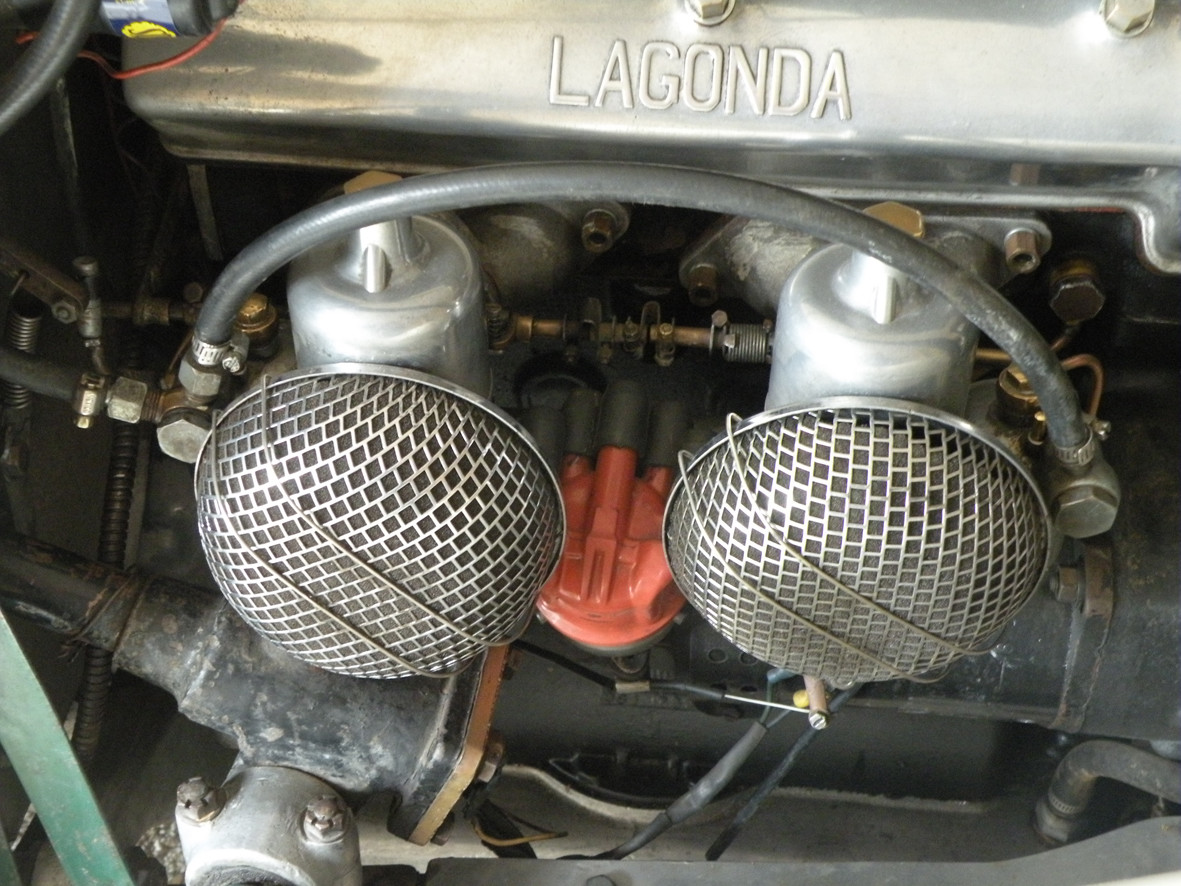
I hope that you are all keeping up.
Bj.
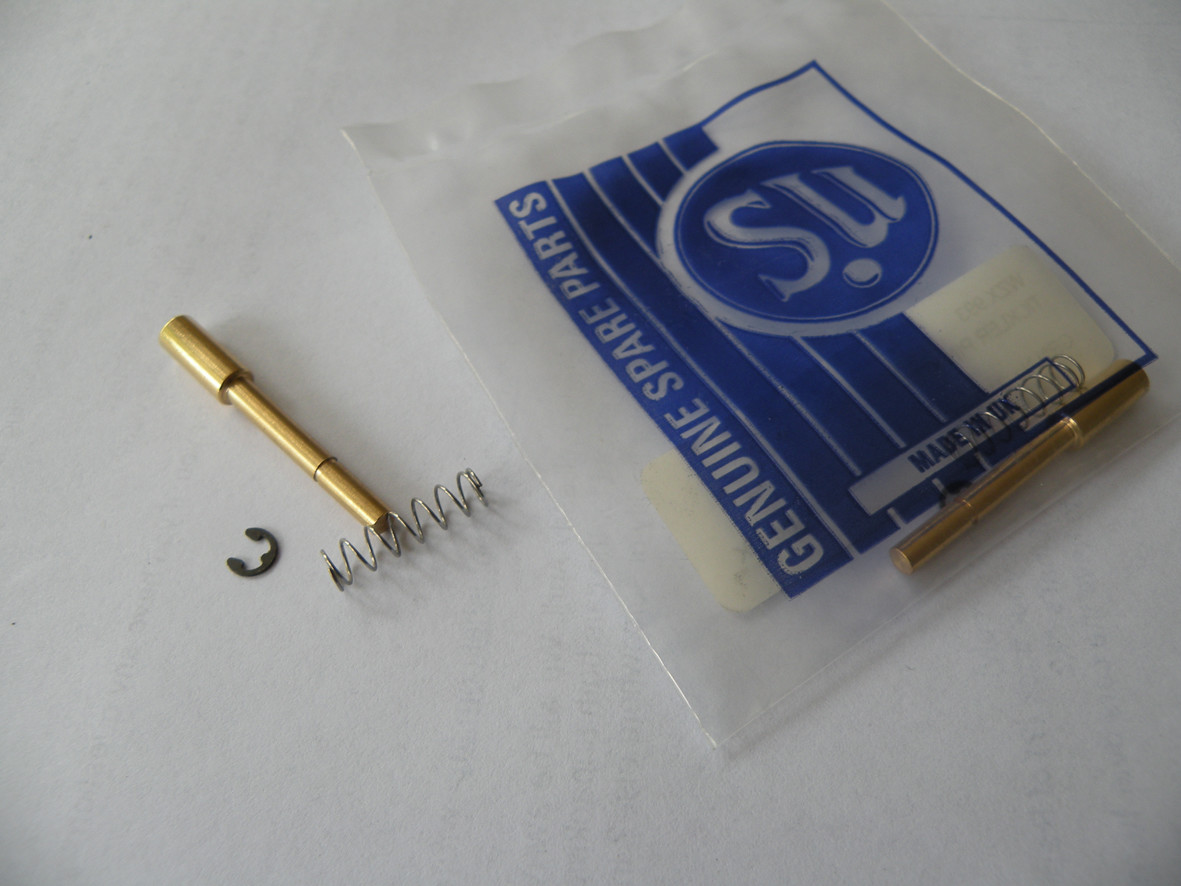
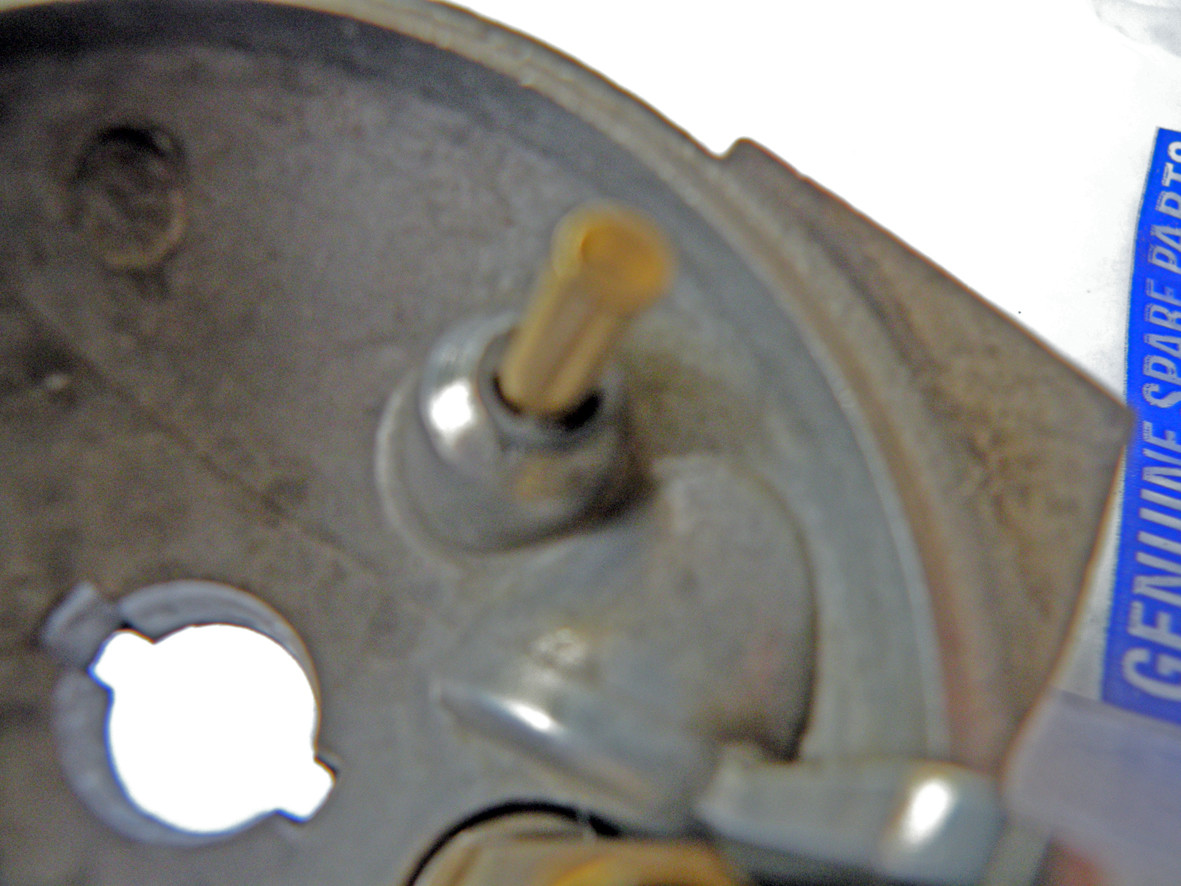
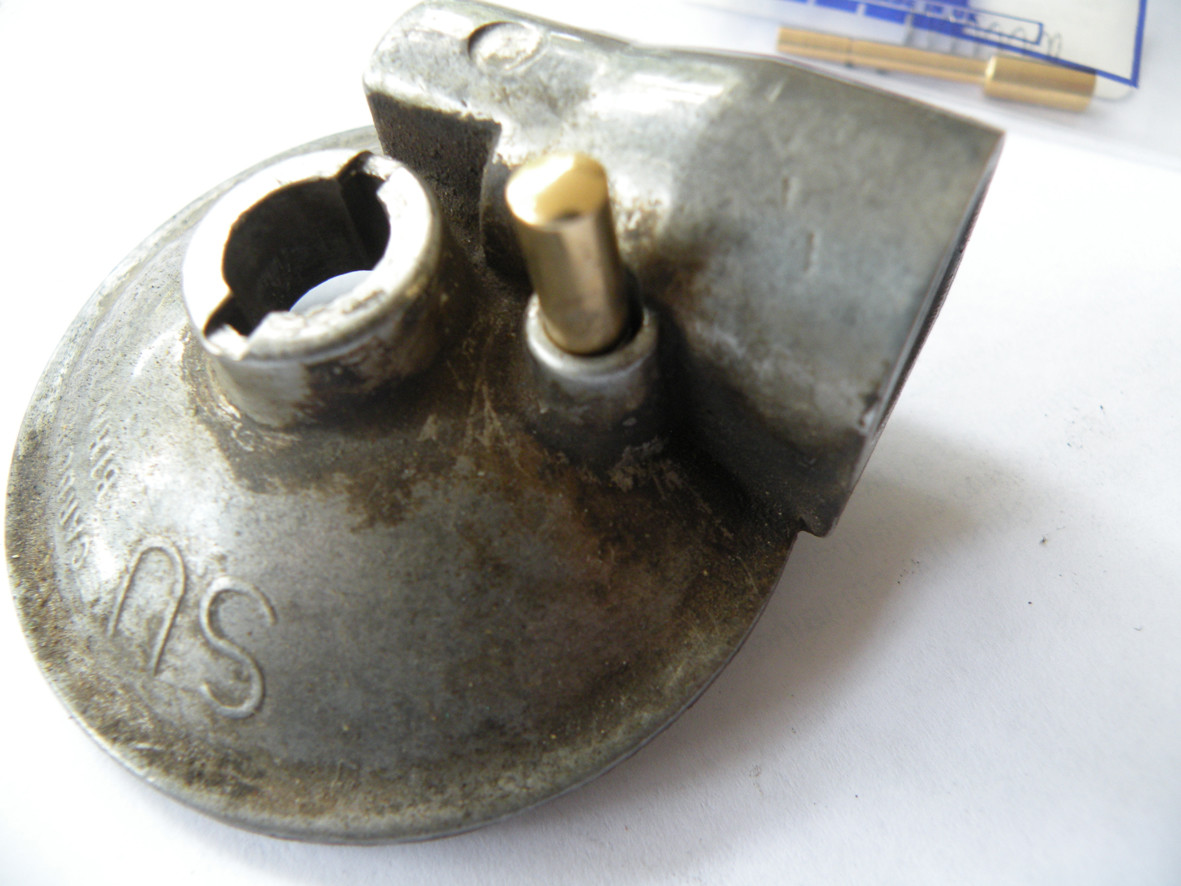
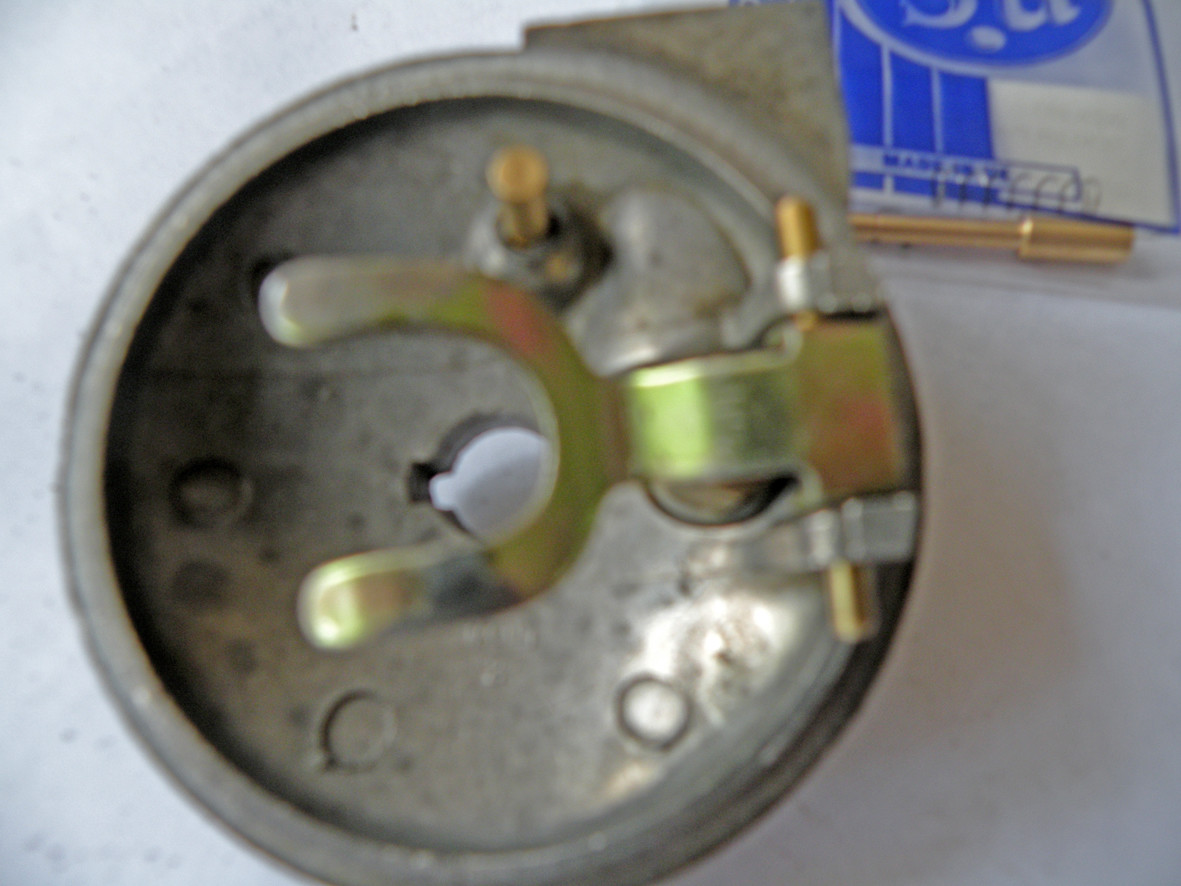
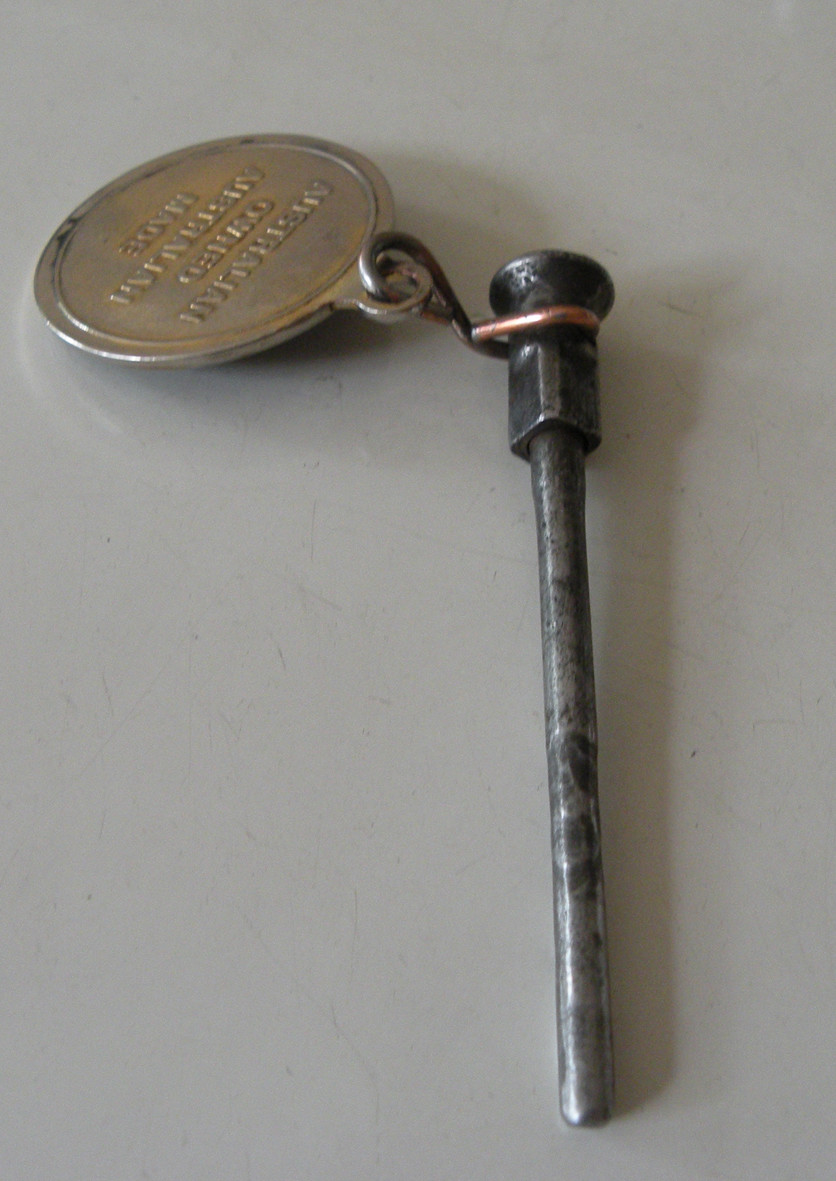
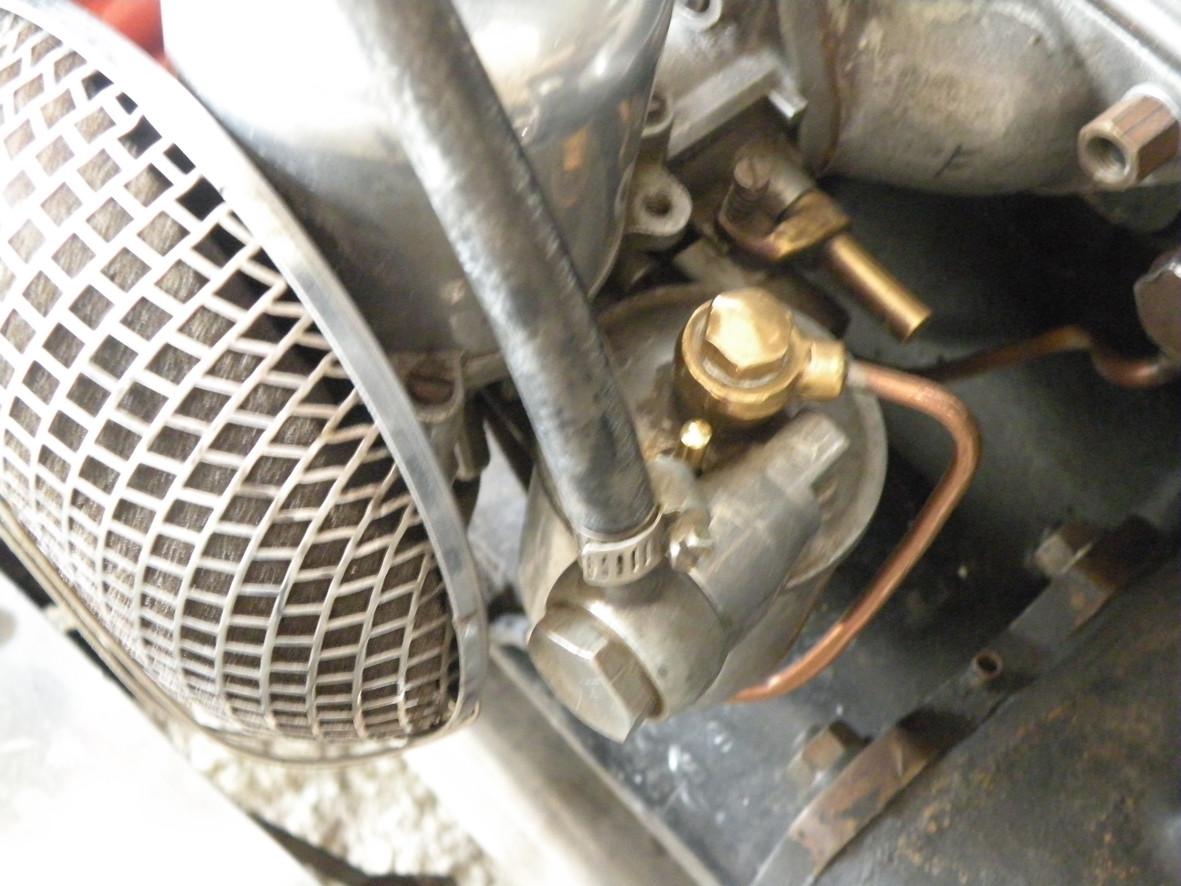
Comments
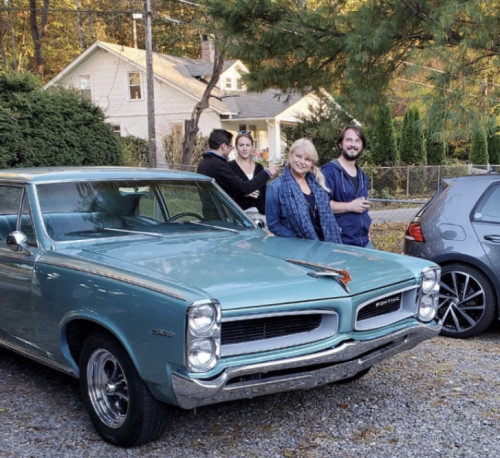
This is cool!’
Posted by Diggymart on 12/18/19 @ 1:14:08 AM

This is cool!’
Posted by Diggymart on 12/18/19 @ 1:14:06 AM
Beautiful car!
Posted by CCmyVW on 4/3/21 @ 12:02:30 PM